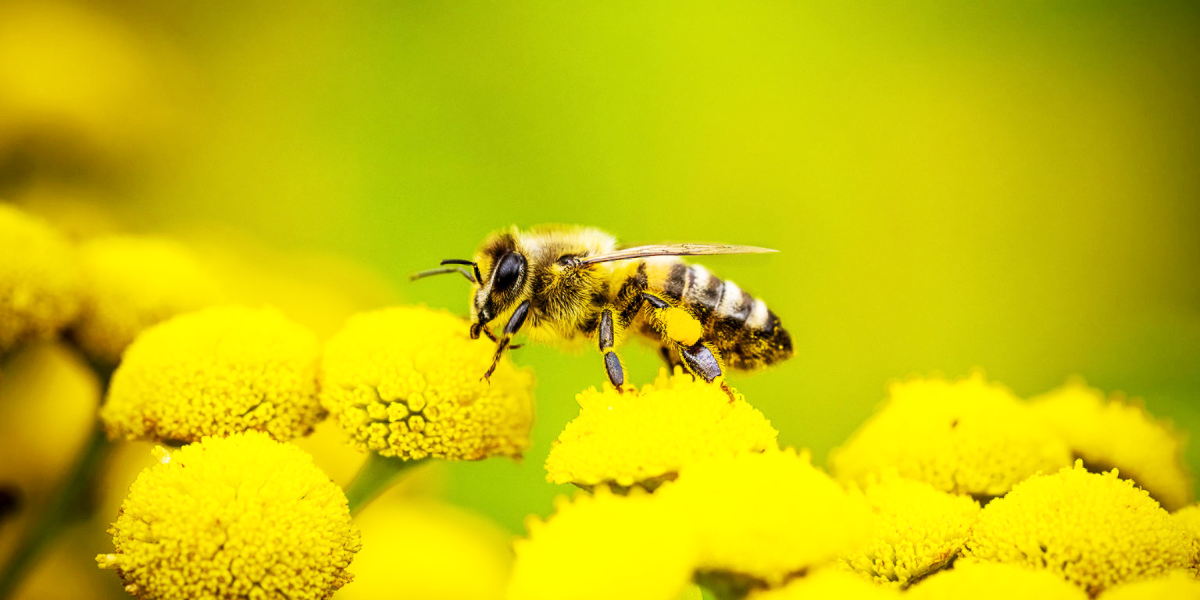Today – May 20 – is World Bee Day, recognising the crucial role that bees play in our environment.
Bees are responsible for pollinating many of the world’s food crops, ensuring the production of fruits, vegetables, and nuts that are critical to our food supply. Unfortunately, bees are facing numerous threats, including habitat loss, disease, pesticide use, and climate change. Over 40% of insect pollinators, including bees, are at risk of extinction in the next two decades, according to a report by the United Nations.
Fortunately, there are simple steps that everyone can take to help save the bees.
“You don’t need a large garden to help your local bees,” says Kelly Martin from gardening website Urban Garden Gal.
“Grow some flowers in containers, plant a flowering tree or replace part of your lawn with clover to give bees a valuable source of food.”
Bees are active from early spring until late autumn, so choose plants that bloom at different times of the year.
Place some shallow dishes of water with rocks around your garden for thirsty bees to drink from.
Support local beekeepers by purchasing natural honey, beeswax and other bee products.
Avoid using pesticides and chemical fertilisers which can harm bees and other pollinators. Instead, try using natural pest control methods and organic fertilisers to keep your plants healthy and bee-friendly.
Not all bees are social creatures that live in hives. Many bees are solitary and nest in the ground or in crevices. Provide some nesting places like bee hotels or leave a small patch of bare soil in your yard for the bees to nest.
Martin adds, “Bees are crucial pollinators for our food supply, and by providing places for them to nest, we can help to ensure their survival and the health of our ecosystem.”
“There is no better way to show appreciation for these amazing creatures than by providing them with a safe place in which they can thrive.”
Top 5 Bee Friendly Plants
- Lavender: Lavender is a popular choice among beekeepers and gardeners because it provides bees with a continuous source of nectar from late spring until summer.
- Sunflowers: Sunflowers are another favourite of bees. Their large flowers are rich in nectar and pollen, and their bright yellow petals make them easy for bees to spot.
- Coneflowers: These tall, colourful flowers are drought tolerant and attract a variety of pollinators including bees and butterflies.
- Borage: Borage is a fast growing annual herb that produces an abundance of blue, star-shaped flowers that are highly attractive to bees.
- Wildflowers: Planting a mix of wildflowers in your garden is a great way to provide bees with a diverse range of nectar and pollen sources. Bees are attracted to many different wildflowers, including poppies, clover, and cornflowers.
Like what you’re reading? Support The New England Times by making a small donation today and help us keep delivering local news paywall-free. Donate now

